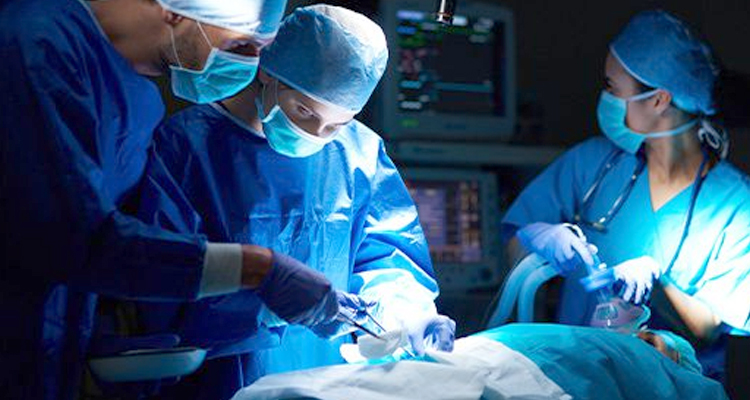
Microvascular Reconstructive Surgery for Cancer
Microvascular reconstructive surgery is a sophisticated technique used in cancer treatment, particularly for cases where the removal of tumors or tissues results in significant defects or disfigurement. This type of surgery involves the transfer of tissues, often from a donor site on the patient's body, to reconstruct the affected area. It's called "microvascular" because it involves the reconnection of tiny blood vessels (microvasculature) to ensure the transplanted tissue receives adequate blood supply.
In the context of cancer treatment, microvascular reconstructive surgery can be employed in various scenarios:
-
Head and Neck Cancer: Patients who undergo surgery for head and neck cancers, which often involve extensive tissue removal, may benefit from microvascular reconstruction to restore the function and appearance of the affected area. This could involve reconstructing parts of the jaw, tongue, throat, or facial structures.
-
Breast Reconstruction: Following mastectomy for breast cancer, microvascular techniques can be used to reconstruct the breast using tissue from other parts of the body, such as the abdomen (using a procedure called DIEP flap reconstruction), thighs, or buttocks. This approach often provides more natural-looking and feeling results compared to implants.
-
Extremity Reconstruction: In cases where tumors are removed from the limbs, microvascular surgery can help reconstruct the affected limb, restoring function and appearance. This is particularly relevant in sarcoma surgery, where preserving limb function is a priority.
-
Pelvic Reconstruction: For cancers affecting the pelvis, such as pelvic sarcomas or advanced gynecological cancers, microvascular surgery may be used to reconstruct pelvic structures using tissue from other areas of the body, such as the abdomen or thigh.
-
Reconstruction After Skin Cancer Surgery: Microvascular techniques can also be utilized in the reconstruction of defects resulting from the removal of skin cancers, especially in cosmetically sensitive areas like the face.
Microvascular reconstructive surgery requires a highly skilled surgical team, including plastic surgeons, microsurgeons, and often, otolaryngologists, orthopedic surgeons, or other specialists depending on the specific case. The success of the surgery depends on careful planning, precise surgical technique, and post-operative care to ensure proper healing and function restoration.
Book Appointment